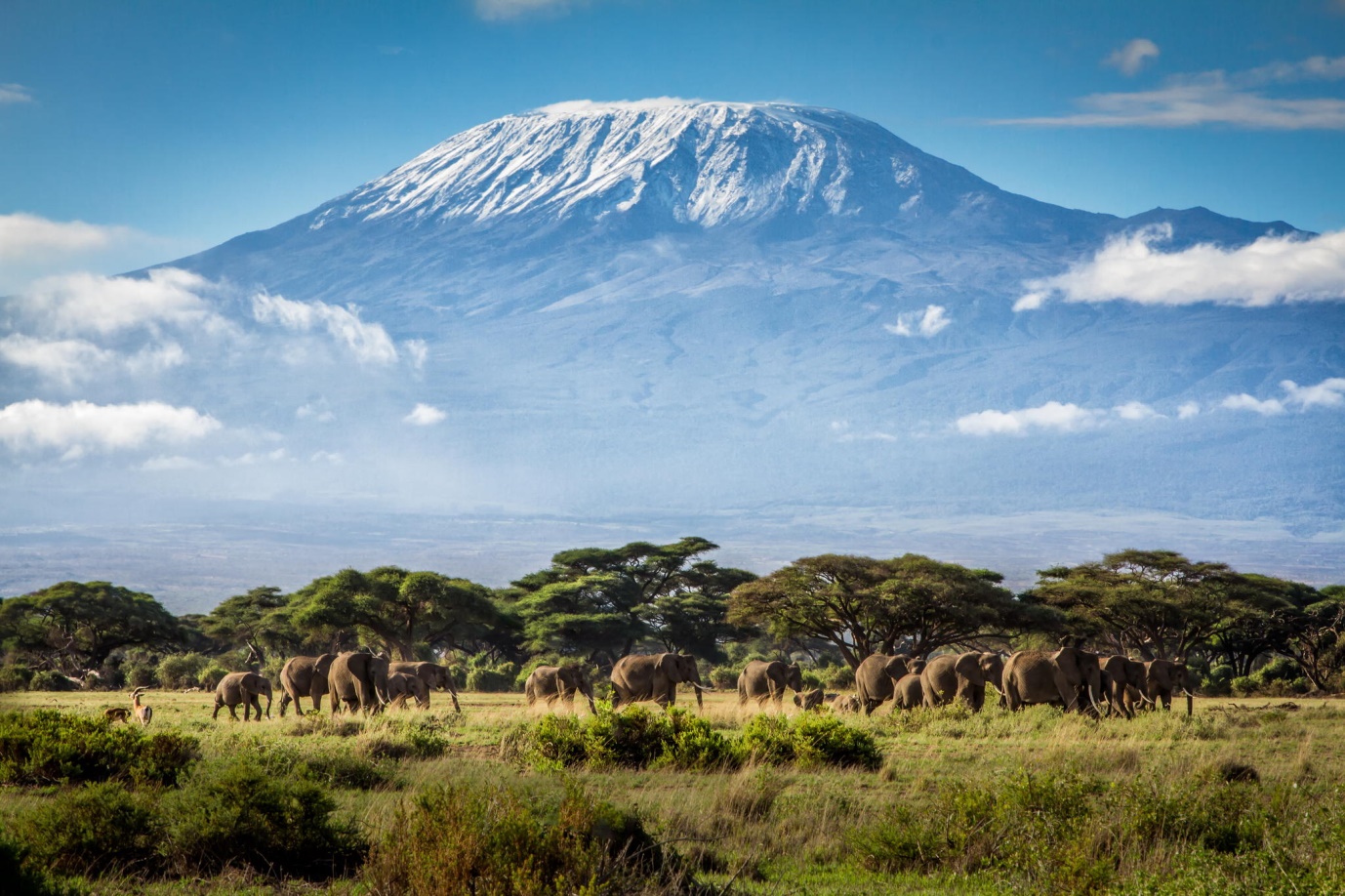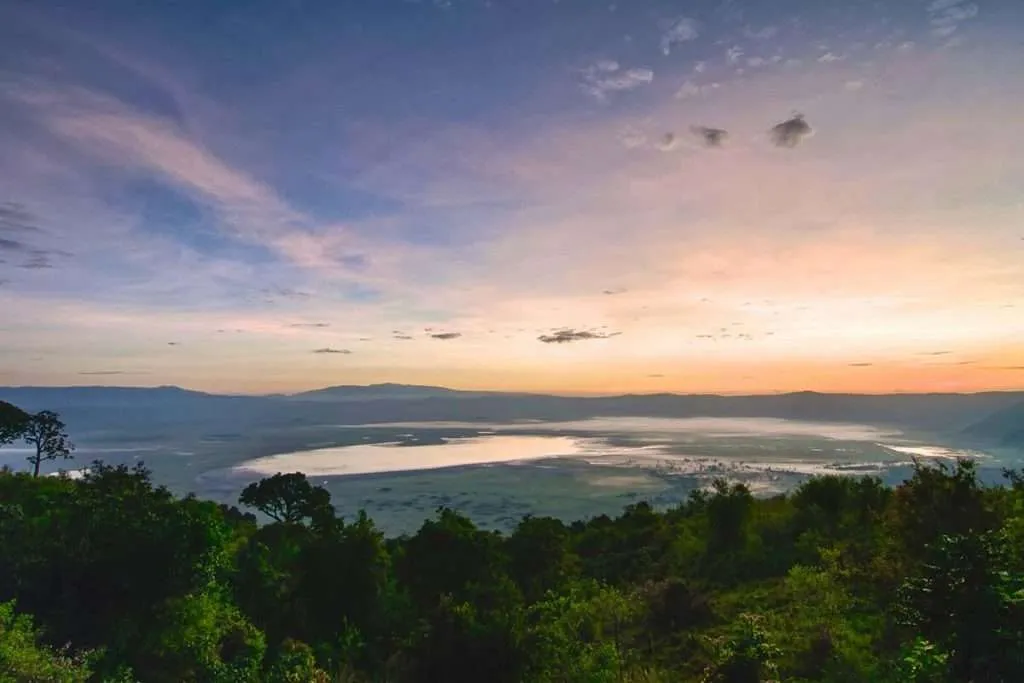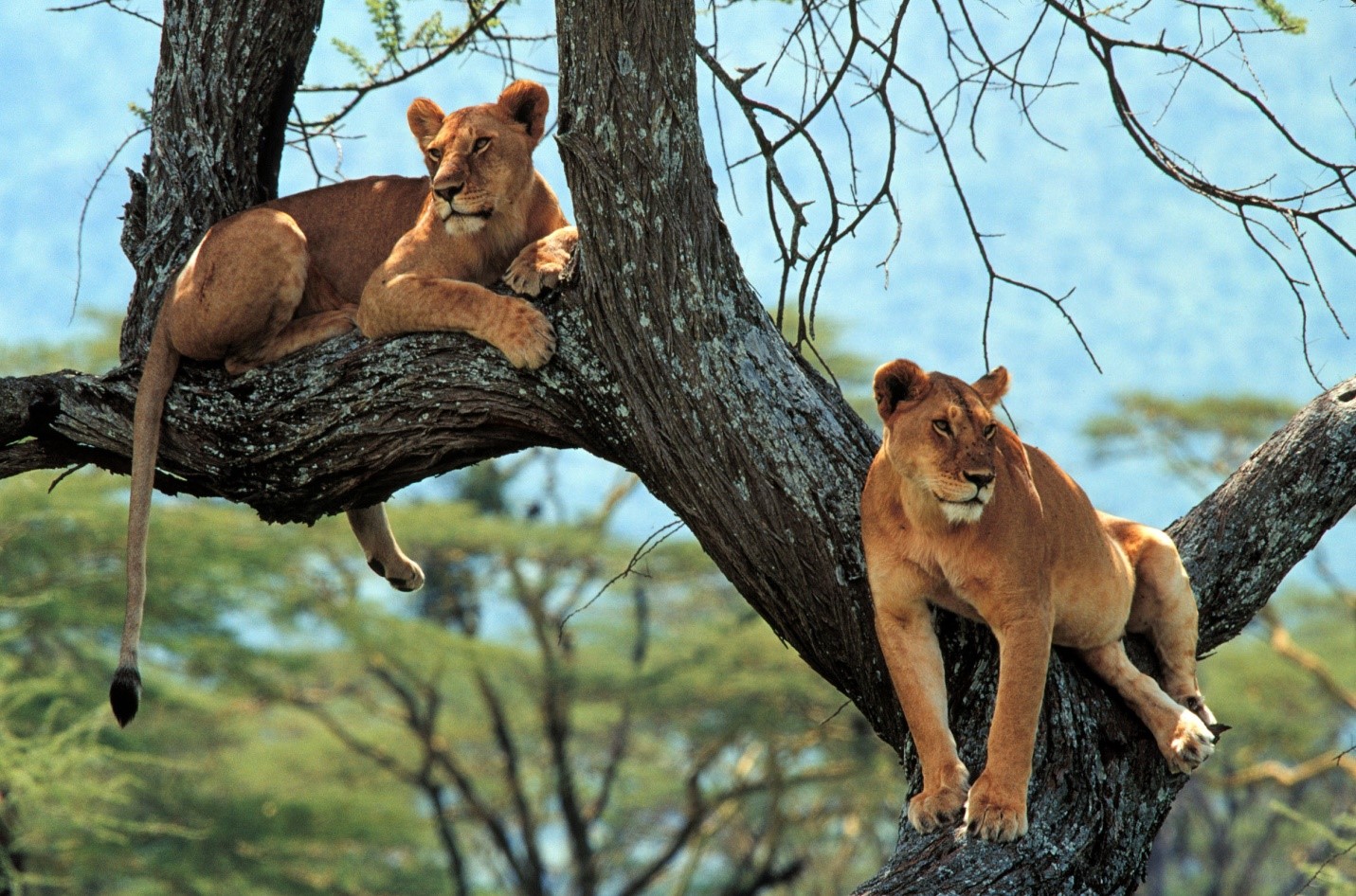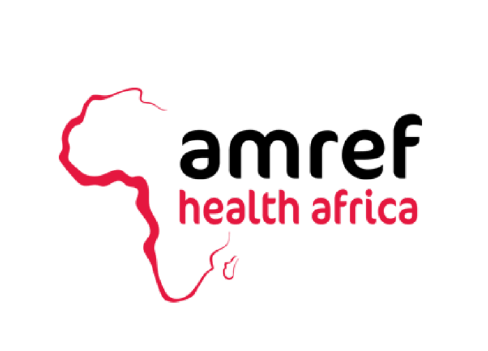ABOUT TANZANIA
- THE UNITED REPUBLIC OF TANZANIA
Tanzania, officially known as the United Republic of Tanzania, is a vibrant East African nation renowned for its stunning landscapes, rich wildlife, diverse cultures, and growing economy. Whether you're planning a safari adventure, exploring investment opportunities, or simply curious about this dynamic country, this guide covers every aspect of Tanzania—from its history and geography to its economy, tourism, education, healthcare, and more. As of 2025, Tanzania continues to evolve as a lower-middle-income economy with a focus on sustainable development and regional integration.
Tanzania's strategic location borders eight countries—Kenya, Uganda, Rwanda, Burundi, Democratic Republic of Congo, Zambia, Malawi, and Mozambique—and the Indian Ocean, positioning it as a gateway to East and Central Africa.
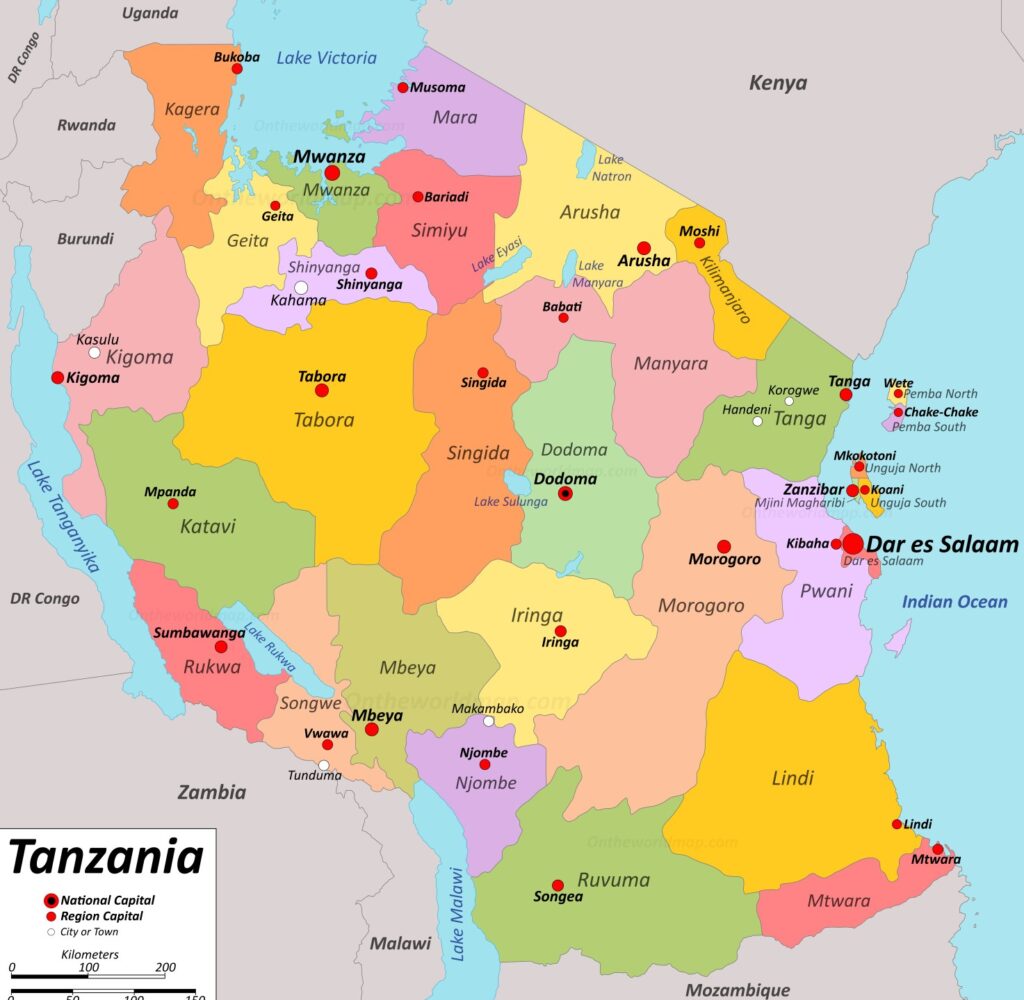
- MORE ABOUT TANZANIA
Tanzania at a Glance: Key Facts and Figures
- Official Name: United Republic of Tanzania
- Capital: Dodoma (administrative); Dar es Salaam (commercial)
- Population: Approximately 70.5 million (projected for 2025), making it the most populous country entirely south of the equator.
- Area: 945,087 square kilometers (largest in East Africa)
- Official Languages: Swahili (national) and English (de facto)
- Currency: Tanzanian Shilling (TZS)
- GDP: Projected at $88.9 billion (nominal) and $291 billion (PPP) in 2025, with a growth rate of 6%.
- Time Zone: East Africa Time (EAT, UTC+3)
- Climate: Tropical, with coastal humidity, highland coolness, and two rainy seasons (March-May and October-December)
- Government: Unitary presidential republic
- President: Samia Suluhu Hassan (as of 2025)
- Major Exports: Gold, cashews, tobacco, coffee, and tourism services
- UN Membership: Since 1961 (Tanganyika) and 1963 (Zanzibar)
Tanzania's strategic location borders eight countries—Kenya, Uganda, Rwanda, Burundi, Democratic Republic of Congo, Zambia, Malawi, and Mozambique—and the Indian Ocean, positioning it as a gateway to East and Central Africa.
History of Tanzania: From Ancient Roots to Modern Union
Tanzania boasts one of the longest histories of human habitation on Earth, with fossil evidence from Olduvai Gorge dating back nearly 2 million years. This site, often called the "Cradle of Mankind," has yielded discoveries by archaeologists like Louis and Mary Leakey, highlighting early hominid evolution.
Pre-Colonial Era
- Indigenous peoples, including hunter-gatherers like the Hadza and Sandawe, inhabited the region for millennia.
- Bantu migrations around 2,000 years ago introduced agriculture and ironworking, leading to diverse ethnic groups.
- Coastal areas thrived as part of the Swahili trade network, exchanging goods with Arab, Indian, and Persian merchants. Cities like Kilwa became prosperous sultanates.
Colonial Period
- In the late 19th century, Germany colonized the mainland as German East Africa, establishing plantations and suppressing uprisings like the Maji Maji Rebellion (1905-1907).
- After World War I, Britain took control under a League of Nations mandate, renaming it Tanganyika.
- Zanzibar, including Pemba and Unguja islands, was a British protectorate from 1890, known for its spice trade and Omani Arab influence.
Independence and Union
- Tanganyika gained independence on December 9, 1961, under Julius Nyerere, becoming a republic in 1962.
- Zanzibar achieved independence on December 10, 1963, but a revolution in January 1964 established the People's Republic.
- On April 26, 1964, Tanganyika and Zanzibar united to form the United Republic of Tanzania.
- Nyerere's Ujamaa socialism shaped early policies, emphasizing self-reliance and villagization.
- Multi-party democracy was introduced in 1992, ending one-party rule by Chama Cha Mapinduzi (CCM).
Recent History
- Tanzania has maintained political stability, with peaceful transitions. John Magufuli served from 2015-2021, followed by Samia Suluhu Hassan, the first female president.
- Upcoming general elections in October 2025 will test democratic progress amid concerns over opposition suppression.
Geography and Climate of Tanzania
Tanzania's geography is diverse and spectacular, featuring three main physiographic regions: coastal plains and islands, inland plateaus, and highlands. It spans from 1° to 12° south latitude and 29° to 41° east longitude.
Key Geographical Features
- Mountains and Volcanoes: Home to Africa's highest peak, Mount Kilimanjaro (5,895 meters), a dormant volcano and UNESCO site. The Eastern Arc Mountains and Uluguru ranges add to the highlands.
- Great Rift Valley: Runs through central Tanzania, creating dramatic escarpments and lakes like Natron and Eyasi.
- Lakes and Rivers: Shares Lake Victoria (world's largest tropical lake), Lake Tanganyika (second-deepest globally), and Lake Nyasa. Major rivers include the Rufiji and Pangani.
- Coastline: 1,424 km along the Indian Ocean, with pristine beaches and coral reefs.
- Islands: Zanzibar Archipelago (Unguja, Pemba) and Mafia Island, known for spices and marine life.
Climate Variations
- Coastal and Island Areas: Hot and humid, with temperatures averaging 25-30°C. Monsoon influences bring heavy rains.
- Highlands: Cooler and temperate, with Kilimanjaro's summit snow-capped year-round.
- Inland Plateaus: Semi-arid to savanna, with distinct wet and dry seasons.
- Rainfall: Two seasons—long rains (March-May) and short rains (October-December). Climate change has led to warming trends and variable precipitation.
Tanzania's varied terrain supports unique ecosystems, from savannas to rainforests.
Wildlife and National Parks in Tanzania
Tanzania is a wildlife haven, with 38% of its land protected for conservation. It hosts the "Big Five" (lion, leopard, elephant, buffalo, rhino) and the Great Migration of over 2 million wildebeest.
Famous National Parks and Reserves
Tanzania manages 23 national parks under the Tanzania National Parks Authority (TANAPA). Highlights include:
Park/Reserve | Key Attractions | Best For |
Serengeti National Park | Great Migration, vast plains | Wildlife safaris, big cats |
Ngorongoro Crater | World's largest caldera, dense wildlife | Birdwatching, rhino sightings |
Tarangire National Park | Elephant herds, baobab trees | Dry-season game viewing |
Ruaha National Park | Largest park, wild dogs, lions | Remote, authentic safaris |
Selous/Nyerere National Park | Rivers, boating safaris | Elephants, hippos |
Lake Manyara National Park | Tree-climbing lions, flamingos | Birding, diverse habitats |
Gombe Stream National Park | Chimpanzees, Jane Goodall research | Primate trekking |
Arusha National Park | Mount Meru, craters | Hiking, canoeing |
Mikumi National Park | Open grasslands, easy access | Budget safaris |
Katavi National Park | Remote, hippo pools | Untouched wilderness |
Udzungwa Mountains National Park | Endemic primates, waterfalls | Hiking, biodiversity |
Saadani National Park | Beach-meets-bush, marine life | Coastal safaris |
Other reserves like Maswa, Grumeti, and Amani offer additional wildlife experiences. Tanzania's parks attract millions of tourists annually, contributing significantly to the economy.
Population and Demographics of Tanzania in 2025
Tanzania's population is young and rapidly growing, with a median age of about 18 years and over 44% under 15. Density is 80 people per square kilometer, highest in urban areas like Dar es Salaam (over 5 million residents).
Ethnic and Religious Diversity
- Over 120 ethnic groups, primarily Bantu (e.g., Sukuma, Nyamwezi, Chagga, Maasai).
- Religions: Christianity (61%), Islam (35%, dominant in Zanzibar and coast), indigenous beliefs (2%), others (2%).
- Urbanization: About 37% urban, with rapid growth in cities like Mwanza and Arusha.
Life expectancy is around 66 years, with challenges from poverty and disease, but improvements in healthcare are ongoing.
Culture and Languages in Tanzania
Tanzania's culture is a mosaic of over 120 tribes, blending African, Arab, Indian, and European influences.
Languages
- Swahili (Kiswahili): Official national language, spoken by nearly all Tanzanians; Bantu-based with Arabic loanwords.
- English: Used in education, business, and tourism.
- Indigenous Languages: 126 total, including Sukuma, Maasai, and Chagga; many are endangered.
Cultural Highlights
- Music and Dance: Taarab (Zanzibar's fusion of Arab-Indian-African sounds), Bongo Flava (hip-hop), and traditional ngoma dances.
- Art and Crafts: Makonde wood carvings, Tingatinga paintings, Maasai beadwork.
- Cuisine: Staples like ugali (maize porridge), nyama choma (grilled meat), pilau rice, and Zanzibar spices (cloves, cinnamon).
- Festivals: Sauti za Busara (music festival), Zanzibar International Film Festival, and tribal ceremonies.
- Social Norms: Respect for elders, community-oriented (Ujamaa legacy), and hospitality ("Karibu" means welcome).
Tanzania's cultural diversity fosters national unity, with Swahili as a unifying force.
Government and Politics in Tanzania 2025
Tanzania is a unitary presidential republic with a multi-party system. The president is head of state and government, elected every five years.
Political Structure
- Executive: President Samia Suluhu Hassan (CCM party) leads, with a vice president and prime minister.
- Legislature: National Assembly (Bunge) with 393 members; Zanzibar has its own House of Representatives.
- Judiciary: Independent, with a Court of Appeal.
- Semi-Autonomy: Zanzibar has its own government for non-union matters like health and education.
Current Politics
- CCM has dominated since independence, but opposition parties like CHADEMA and ACT-Wazalendo are active.
- 2025 Elections: Scheduled for October, focusing on economic growth and governance. Concerns include opposition arrests and electoral reforms.
- Stability: Tanzania enjoys peace, with no major conflicts, though human rights issues persist.
The government emphasizes anti-corruption, public-private partnerships, and regional integration via the East African Community (EAC) and Southern African Development Community (SADC).
Economy of Tanzania in 2025
Tanzania's economy is resilient, with real GDP growth at 5.6% in 2024/25, projected to reach 6% in 2025. It's Africa's sixth-largest economy, driven by agriculture (25% of GDP), mining, and tourism.
Key Sectors
- Agriculture: Employs 65% of the workforce; major crops include maize, rice, cashews, coffee, and cotton.
- Mining: Gold, diamonds, tanzanite; significant foreign investment.
- Tourism: Contributes 17% to GDP; over 1.5 million visitors annually.
- Manufacturing and Services: Growing in textiles, food processing, and telecoms.
- Energy: Hydro and natural gas; push for renewables.
Economic Policies
- Vision 2050: Aims for a $1 trillion economy by 2050 through industrialization and human capital.
- Budget 2025/26: TZS 56.49 trillion, focusing on infrastructure and social services.
- Challenges: Poverty (26% below line), inflation (around 4%), and climate impacts.
- Opportunities: FDI in ports, railways, and blue economy; pro-investment policies welcome joint ventures.
Tanzania is committed to sustainable growth, public-private dialogues via the Tanzania National Business Council.
Tourism in Tanzania: Safaris, Beaches, and Adventures
Tourism is a cornerstone, generating billions in revenue. Top attractions include wildlife safaris, beach holidays, and cultural experiences.
Must-Visit Destinations
- Northern Circuit: Serengeti, Ngorongoro, Kilimanjaro climbs, Arusha.
- Southern Circuit: Ruaha, Selous—less crowded, authentic.
- Zanzibar: Stone Town (UNESCO), beaches like Nungwi and Paje, spice tours.
- Adventure Activities: Hot air balloon safaris, diving in Mafia Island, chimpanzee trekking in Gombe.
- Cultural Tourism: Maasai villages, Swahili coast history.
Travel Tips: Best time is dry season (June-October); visas on arrival for many nationalities. Exercise caution in urban areas.
Education System in Tanzania
Tanzania's education follows a 7-4-2-3+ structure: 7 years primary, 4 years ordinary secondary (O-level), 2 years advanced secondary (A-level), and 3+ years tertiary.
- Pre-Primary: 2 years, increasingly compulsory.
- Primary: Free and compulsory from age 7; taught in Swahili.
- Secondary: Fee-free since 2016; English medium.
- Higher Education: Universities like University of Dar es Salaam; focus on STEM.
- Challenges: 3.2 million out-of-school children; teacher shortages.
- Progress: Literacy rate 82%; gender parity improving.
The government aims for competence-based curricula and universal access.
Infrastructure in Tanzania
Infrastructure investments total billions, enhancing connectivity.
- Transport: Dar es Salaam port (regional hub), Tanga, Mtwara; Standard Gauge Railway to neighbors; airports like Julius Nyerere International.
- Energy: Electrification at 38%; hydro and gas dominant.
- Roads: Over 86,000 km, with trunk roads improved.
- Private Investment: $308 million in PPI, ranking fourth in Africa.
- AfDB Commitment: $2.5 billion for projects.
These developments boost tourism and trade.
Why Visit or Invest in Tanzania in 2025?
Tanzania offers unparalleled natural beauty, cultural richness, and economic potential. With stable politics, improving infrastructure, and a welcoming spirit, it's an ideal destination for adventurers, investors, and scholars. For more, explore official sites or plan your trip—Karibu Tanzania!
